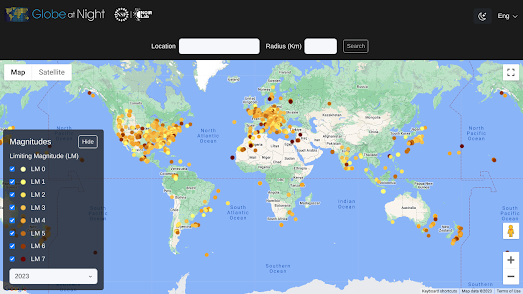Posts
Showing posts from March, 2023
The Climatological Map of the World's Oceans
- Get link
- X
- Other Apps
What do you call an American with a Brain?
- Get link
- X
- Other Apps
Earthquakes - Global Risk & Hazard Maps
- Get link
- X
- Other Apps
Stockholm is Twice as Sexist as Havana
- Get link
- X
- Other Apps



























